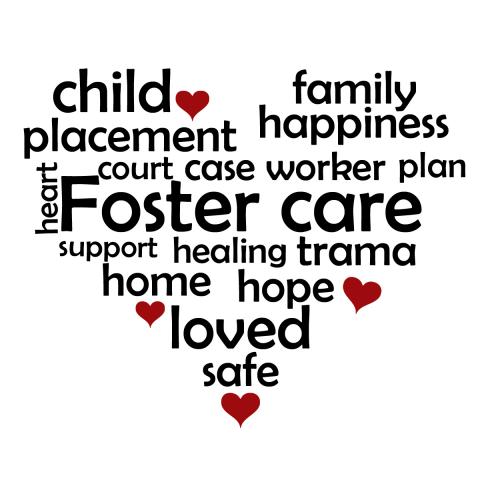
With more than 405,000 children in foster care each year, agencies are looking at ways to decrease these numbers. Adoption is an important solution as annually more than 104,000 foster children are not able to return to a safe home environment with their parents or guardians. Yet when I mention adoption in Facebook posts, it’s clear from the questions and comments from followers that many people have some serious misconceptions about adoption. If you’ve ever thought about adopting a foster child, the following information may encourage you to move forward.
In 2016 Texas had 30,738 children in foster care. In their report on Texas, the Child Welfare League of America (CWLA) stated that 12,377 of those kids, equal to 40.27%, were able to be adopted. As in other states, Texas has numerous requirements in place that one must meet in order to be eligible to adopt a child. According to the Texas Department of Family and Protective Services (DFPS), these basic requirements are as follows:
- Be at least 21 years of age, financially stable and a responsible mature adult
- Complete an application, share information regarding your background and lifestyle
- Provide relative and non-relative references
- Show proof of marriage and/or divorce (if applicable)
- Agree to a home study, which includes visits with all household members
- Agree to a criminal history background check and an abuse/neglect check on all adults in the household
- Attend free training to learn about issues of abused and neglected children.
These basic requirements are very similar from state to state. Generally speaking, you don’t have to be married or in a couple’s relationship. You can be single, gay, straight, and/or a different ethnicity, race or religion. Essentially, you can be you as long as you or someone in your household hasn’t been convicted of a felony or some form of abuse.
Texas has at least one process in place to help lower the number of its adoptable foster children. Prospective adoptive parents can work with a Child Placing Agency (CPA) in their area. These agencies work with DFPS in order to train both foster parents and adoptive parents. The adoption costs are minimal when working with a CPA. They would work with you to determine whether fostering or adoption is the best course of action.
Adoption costs will vary depending on the situation. To adopt a baby using a private adoption agency in Texas can cost anywhere from $15,000 to $30,000 or more. This includes medical costs, and the cost of filing all the required paperwork as well as legal and agency fees. Many people hear about these costs and decide adoption isn’t for them. Unfortunately, they’re only hearing about one part of the adoption story.
Adopting an older child who is in the foster care system is much less expensive. In this situation, you may only have to cover the necessary legal and paperwork costs. Texas offers additional financial assistance for many adoptions, particularly if the child has special needs. This assistance can cover ongoing medical expenses as well as initial expenses during the adoption process.
Many people desiring to adopt a child chose to go the path of fostering to adopt. When a child is unable to safely return to live with their birth parents or relatives, the door is open for a child to be adopted. In these cases, the child usually lives with the prospective adoptive family as a foster child before the adoption is made permanent. Adoption costs are usually minimal and often up to $1,200 in fees, such as paperwork and other legal costs, can be reimbursed by the state. There may also be adoption assistance payments available until the child turns 18, or 21 if they are adopted at age 16 or older. This assistance program is administered by DFPS and must be enacted before an adoption is finalized by the court.
Keep in mind that adoption costs can vary a lot from state to state and even within a state. If you’re motivated to adopt, your next step is to contact your local county to learn about their programs and to see if adopting a foster child is right for you.
Adoption is one of the many solutions to help foster children have a forever home. Locating and notifying relatives, the process called family finding, is equally important. Each year more than 24,000 foster kids age out with the majority ending up on the streets alone, often with no contact with their family. The national average adoption rate for foster kids who are thirteen years-old or older is a pitiful 1%. No matter if an adoption comes with no financial cost, people still have to go through a process, and many simply aren’t willing to do that. Fortunately, that’s good because no one wants a foster child living with people who are abusive, neglectful and uncaring. We have enough of those adults. While adoption helps thousands of foster children, it is just one part of the foster care solution. Family finding must also be an important focal point because there will never be enough adults to adopt all of the kids who desperately long for a family.
Foster children want and deserve to be adopted by someone who will truly love and care for them. Thousands of these children are waiting to have the invaluable stability and security that a permanent home provides. More importantly, though, foster kids want to be part of a family, and sometimes adoption is the best for a child.

 Owner/Editor - Chris Chmielewski
Owner/Editor - Chris Chmielewski